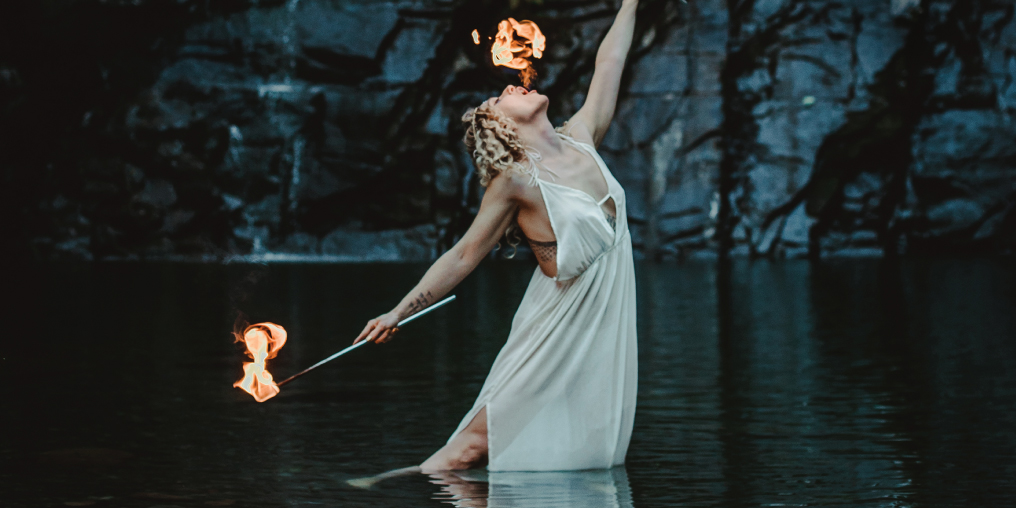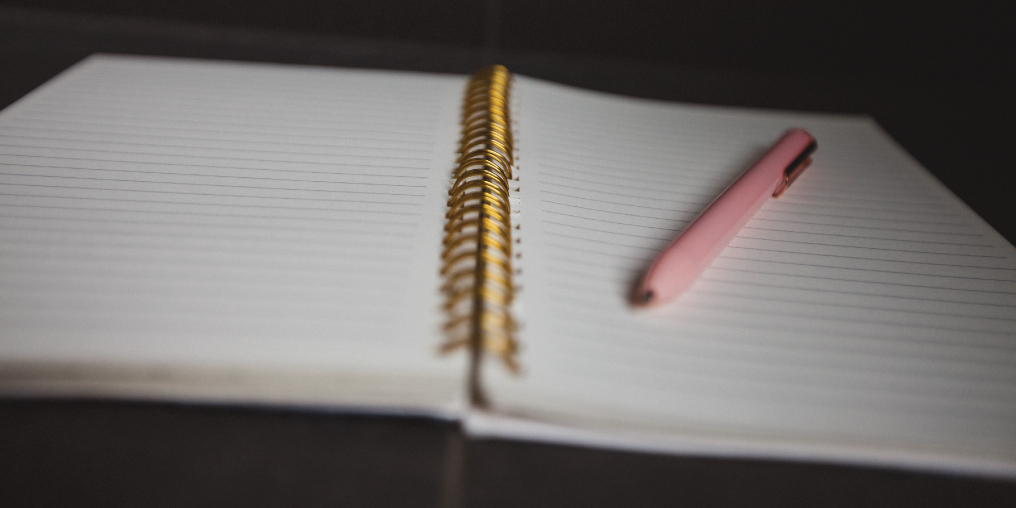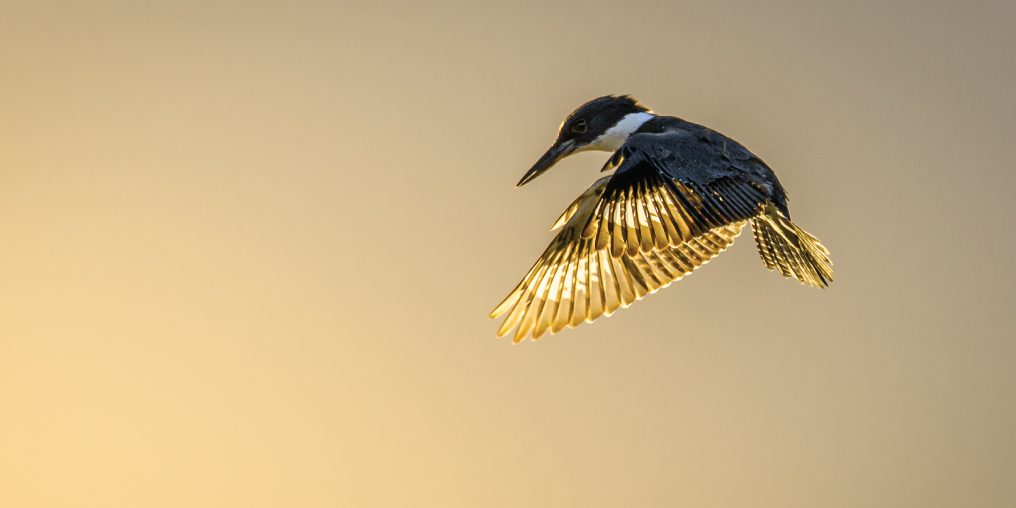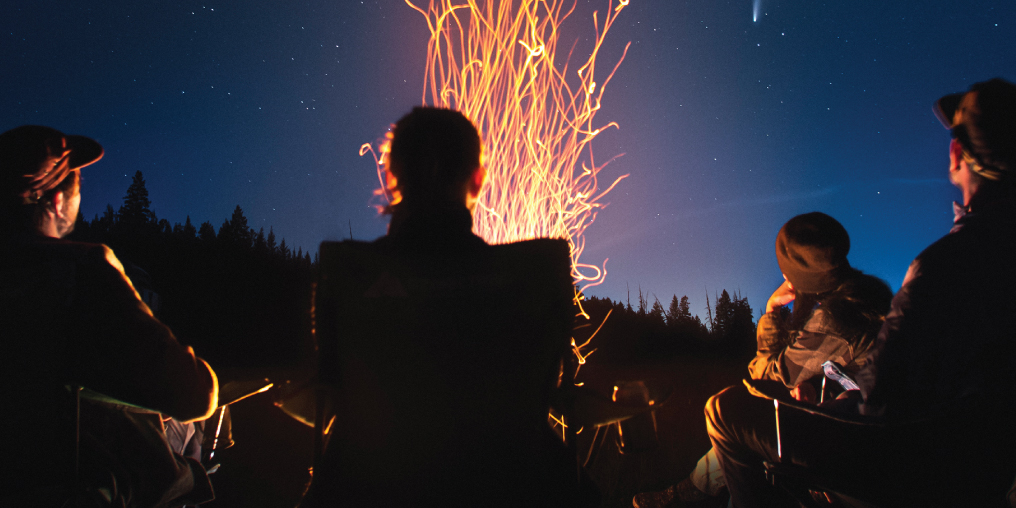Earth, air, water, fire. In the extreme, these elemental forces can be either ineffectual or catastrophic. They are essential for life, and yet not enough of one—or too much of another—can have a devastating impact on existence.
Humans have always attempted to harness the elements for their survival, and perhaps fire is the most dramatic of these building blocks of life. Fire symbolizes the spark of enlightenment, the comfort of the hearth. It also speaks of passion and temper. It consumes what creates it. We sit by campfires with loved ones, mesmerized by the images we see in the flames. We marvel at fire spinners, wondering how they can throw fireballs around themselves without getting burned, all the while appearing at ease.
Denyse Dansereau, creative director of the performing arts troupe Ignisia Circus, understands the appeal of fire, both to the artist and the audience. “Fire is so primal; it speaks to every instinct in us all. We are all drawn to fire and it brings us all in. Fire helped us evolve. Without it we wouldn’t be who we are.”
Fire spinning draws people in because it is both a visual art and a performing one. It is also multi-sensory: think of the heat from the flames and the rhythmic whoosh they make as they spin through the negative space around the dancer, like electrons around a nucleus.
It is a dangerous act—the fire spinner cradling the tenuous agreement between the life-giving aspect of the force and its destructive properties. The audience members can participate in this dance, but only as witnesses, and perhaps they prefer it this way.
Playing with fire is something Dansereau takes very seriously. A common campfire has the potential to be more dangerous than fire spinning, but she makes safety her utmost priority, and takes precautions with everything. This includes the type of fabric her troupe wears, the trained safety technicians monitoring the spinners and audiences, consultations with local fire officials, and more. Ignisia Circus invests hours of training and practice into every show. “We do dangerous things as safely as possible,” Dansereau says.
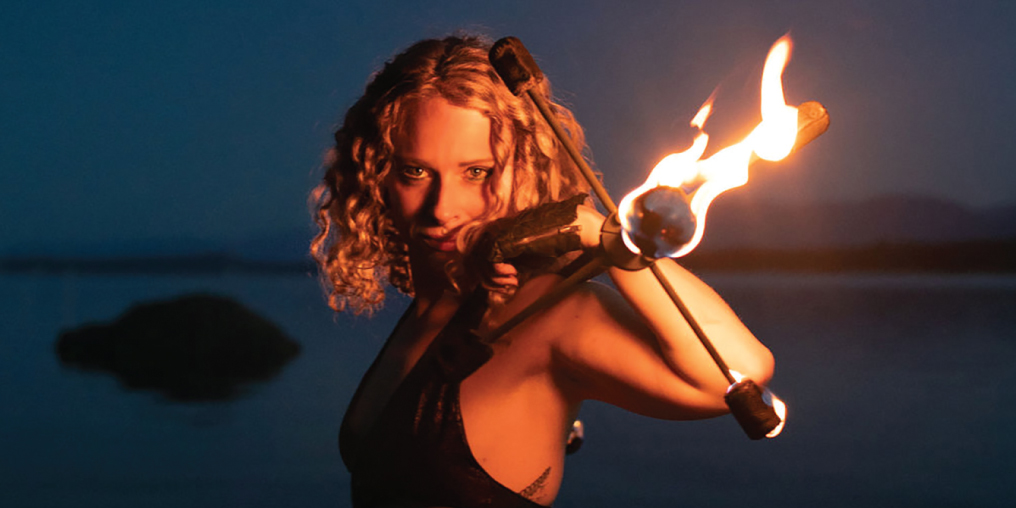
We all know what it is like to be captivated by fire’s allure, but what is it like to dance within the flames? “Fire dancing is not like normal dancing,” explains Dansereau. “There is a conversation between the dancer and the elements, there’s the wind, the environmental factors to consider. Your relationship with fire is different every day. You’ve got to be in tune with it or it will bite you! But once you’ve got those movements down, once you have that energy flow through you, you become one with the fire. There’s no better feeling.”
Quality fire spinners are visual artists as well as performance ones. The way they manipulate their props to paint shapes against the darkness influences how they move their bodies with respect to the fire. The visual imprint crafts an impressive tableau.
Fire shows are highly anticipated events in the Comox Valley. From Moonlight and Magic to Elevate the Arts, the community gathers around these fiery events the way our ancestors did the hearth. As an experienced performer, Dansereau has noted how fire shows can be region- and season-specific. In British Columbia, we are vulnerable to forest fires, so event organizers are often hesitant to host large spectacles in the summer. Ignisia Circus’ entertainment menu includes character roaming and LED glow shows for fire-free events.
As much as we desire fire, we don’t want to push its power too much.

